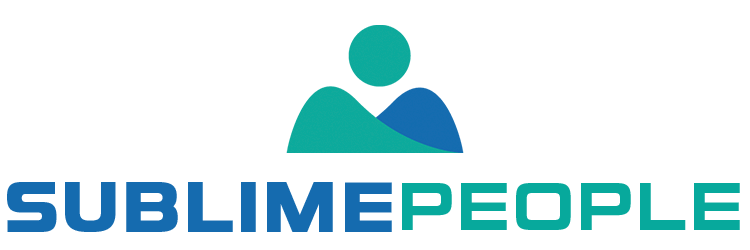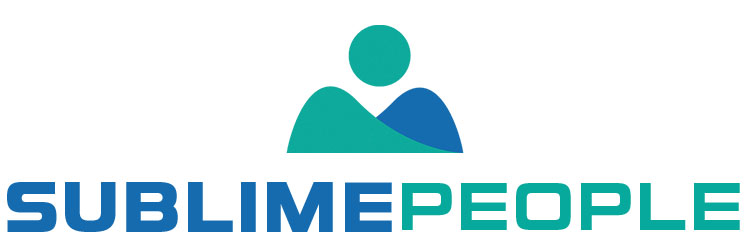In today’s job market, the time it takes to fill an open position during the recruitment process can be the difference between a successful hire and a frustrating recruiting process. Hiring managers and recruitment teams understand the importance of hiring quickly, but rarely know how to reduce time to fill.
In this comprehensive guide, we will share nine proven strategies that will help you significantly reduce your time to fill positions, enabling you to attract and secure top talent swiftly.
In this Article:
Maximizing Efficiency: Understanding “Time to Fill” and “Time to Hire”
If you’re familiar with the realm of recruitment, you’ve likely come across the terms “time to fill” and “time to hire.” Although these phrases are often used interchangeably, it’s crucial to discern the distinction between them as they can offer valuable insights when evaluated separately.

What is time to hire?
Time to hire is the total time a hiring team takes to fill an open position. It typically includes all pre-hiring activities, such as job postings, sourcing candidates, screening resumes, interviewing applicants, and making hiring decisions.
A long hiring process can be especially costly to businesses in terms of lost productivity and hiring quality. It can also hamper the hiring team’s morale since they see fewer results from their efforts over an extended period.
What is fill time?
Fill time is the duration that elapses between an open position being created and a hiring manager making an offer. This is typically much shorter than hiring time, as it only considers the internal hiring process, where hiring decisions are made.
What is a good average time to fill?
Reduced hiring time leads to improved hiring outcomes, lower costs, and a greater ROI. Most hiring professionals agree that the average time to hire should be around 14 days or less. The ideal hiring time should fall between 20-46 days. However, the actual timeline depends on the job type and skill set required for positions.
9 Strategies To Reduce Time to Fill During the Recruiting Process
In today’s competitive job market, reducing the time to fill open positions is crucial for organizations looking to secure top talent efficiently and maintain a competitive edge. Let’s learn more about it.
1. Optimize Your Job Descriptions
A compelling and accurate job description is the foundation of attracting the right candidates. By crafting job descriptions that are clear, concise, and tailored to your target audience, you can enhance your visibility in search engine results. Use relevant keywords, highlight key responsibilities and qualifications, and incorporate a captivating introduction to engage potential applicants right from the start.
2. Leverage Employee Referrals
Harness the power of your existing employees to source high-quality candidates through referrals. Encourage your employees to refer individuals from their professional networks, and consider implementing an employee referral program that provides incentives for successful hires. Employee referrals often result in faster and more successful placements due to the pre-existing trust and shared values within the network.
3. Establish Strategic Partnerships
Collaborating with industry organizations, educational institutions, and professional associations can expand your reach and help you tap into a pool of qualified candidates. Seek partnerships that align with your company’s values and objectives, and leverage these networks to promote your job openings. This approach allows you to target candidates with specific skills or expertise and increases your chances of finding suitable candidates quickly.
4. Streamline the Application Process
A complicated and time-consuming application process can discourage qualified candidates from applying. Optimize your application process by eliminating unnecessary steps and minimizing the time required to complete it. Utilize user-friendly online application forms, leverage technology for resume parsing and automated screening, and provide clear instructions for submission. A streamlined process will attract more applicants and expedite the selection process.
5. Implement an Applicant Tracking System (ATS)
An ATS can significantly enhance your hiring process by automating administrative tasks, centralizing candidate information, and facilitating collaboration among hiring teams. Invest in a robust ATS that aligns with your specific needs and integrates seamlessly with your existing systems. This will enable you to efficiently manage candidate data, track applications, and streamline communication with applicants.
6. Conduct Structured Interviews
Structured interviews provide a consistent and fair evaluation of candidates while reducing bias and subjectivity. Develop a standardized set of questions and evaluation criteria tailored to each role, ensuring that all applicants are assessed objectively. Implementing structured interviews ensures a fair comparison between candidates, expedites the decision-making process, and improves overall hiring efficiency.
7. Utilize Data and Analytics
Leverage the power of data and analytics to optimize your recruitment processes. Analyze recruitment metrics such as time to fill, source of hire, and applicant conversion rates to identify bottlenecks and areas for improvement. By continuously monitoring and measuring your recruitment efforts, you can make data-driven decisions to enhance your hiring strategy and reduce time to fill.
8. Cultivate a Talent Pipeline
Maintaining a talent pipeline of qualified candidates can significantly reduce the time to fill positions. Proactively engage with potential candidates through networking events, industry conferences, and online communities. By nurturing relationships with promising individuals, you can establish a pool of pre-screened candidates who are readily available when positions become vacant, allowing for faster and more efficient hiring.
9. Continuous Improvement and Feedback
To achieve sustainable improvement in reducing time to fill, it is crucial to embrace a culture of continuous improvement and gather feedback from all stakeholders involved in the hiring process. Regularly assess your recruitment practices, ask for feedback from hiring managers, interviewers, and candidates, and identify areas where enhancements can be made. By incorporating feedback and adapting your strategies, you can refine your processes and achieve better results over time.

A word from SublimePeople
Reducing the time to fill can be a challenge for any business, but it is especially difficult in the current job market. As discussed above, there are a few things that you can do to help reduce the time to fill and make your recruiting process more efficient. Using technology can help speed up the process, as well as automate some tasks that are involved in recruiting. The most important thing is to create a system that works for your company and makes the most use of your resources.
At SublimePeople, we recognize the importance of reducing time to fill while maintaining the highest standards of candidate selection. By implementing these nine strategies, you can streamline your hiring process, attract top talent, and gain a competitive advantage in the market.
If you’re ready to significantly reduce your time to fill and revolutionize your recruitment process, get in touch with SublimePeople today. Our team of experts is dedicated to helping you attract, hire, and retain the best talent in the industry.




